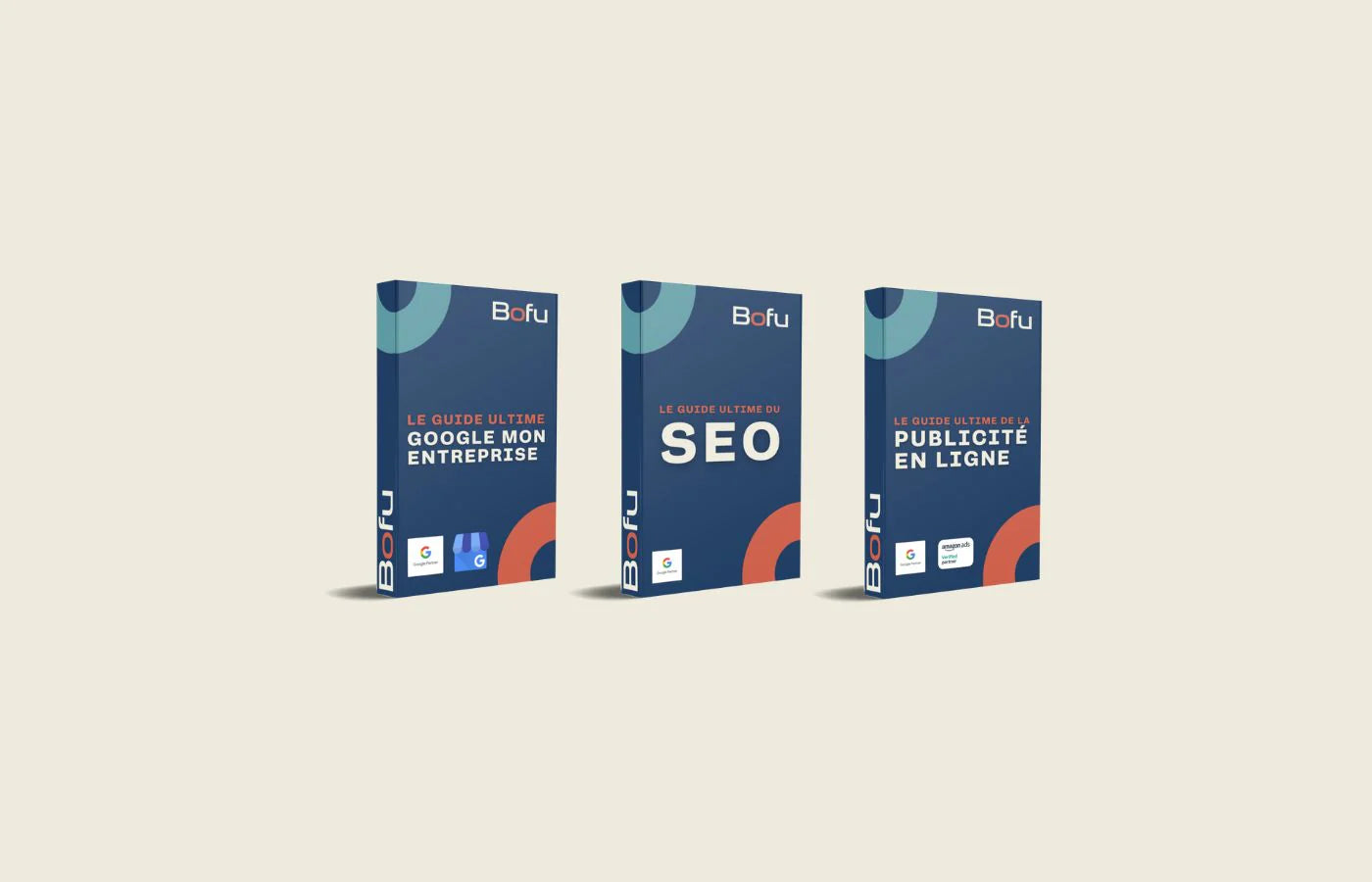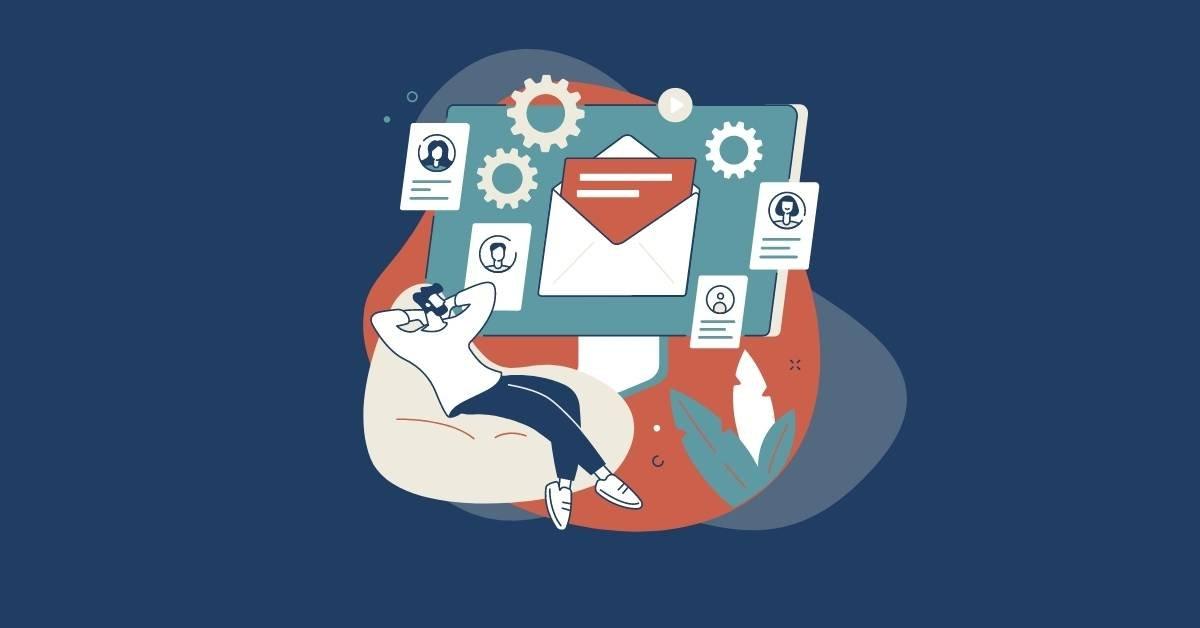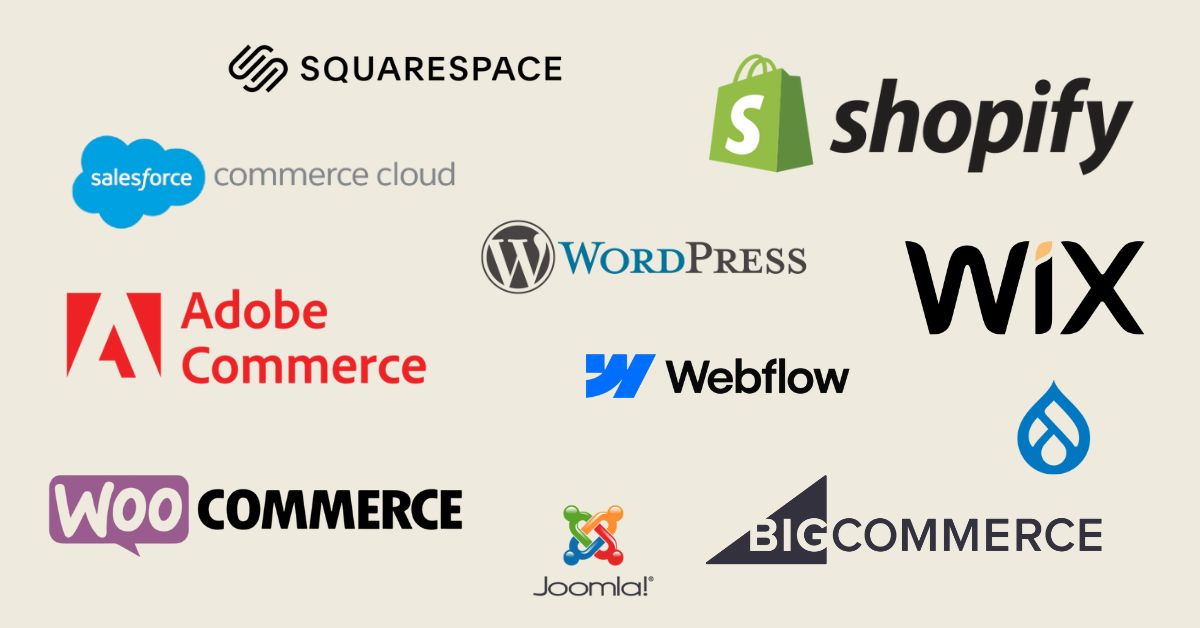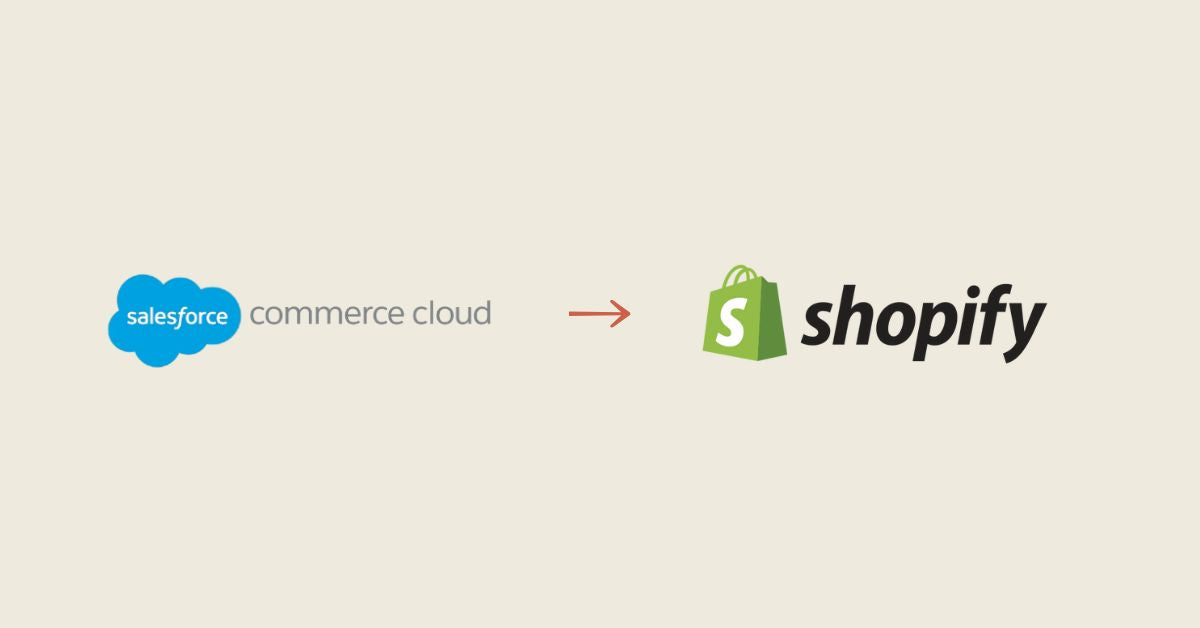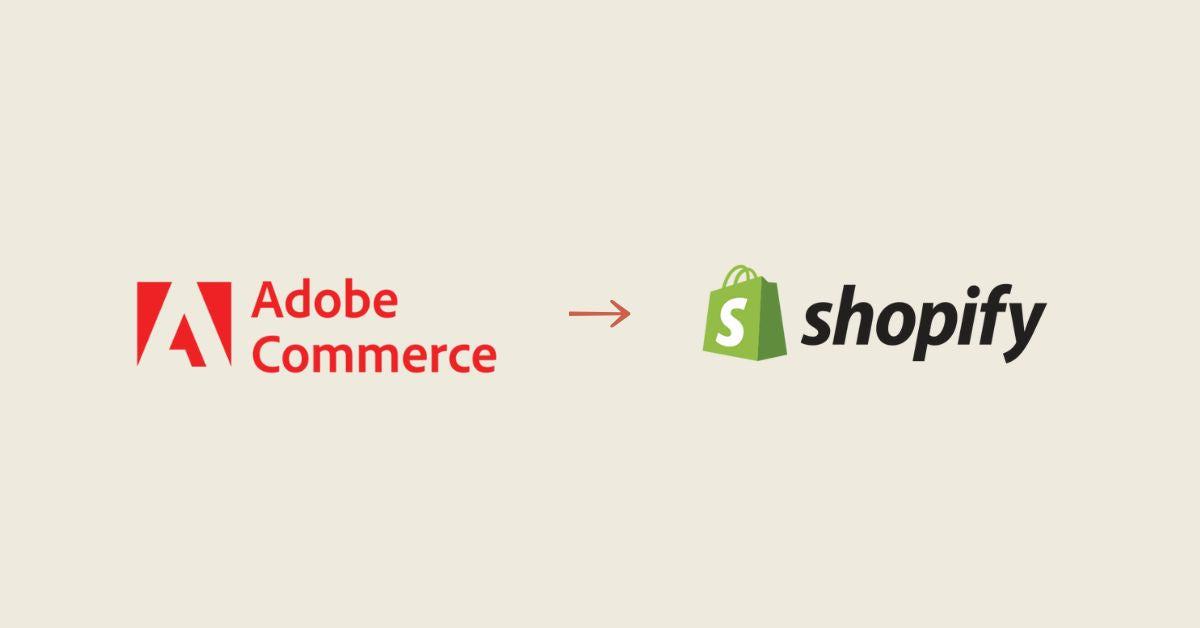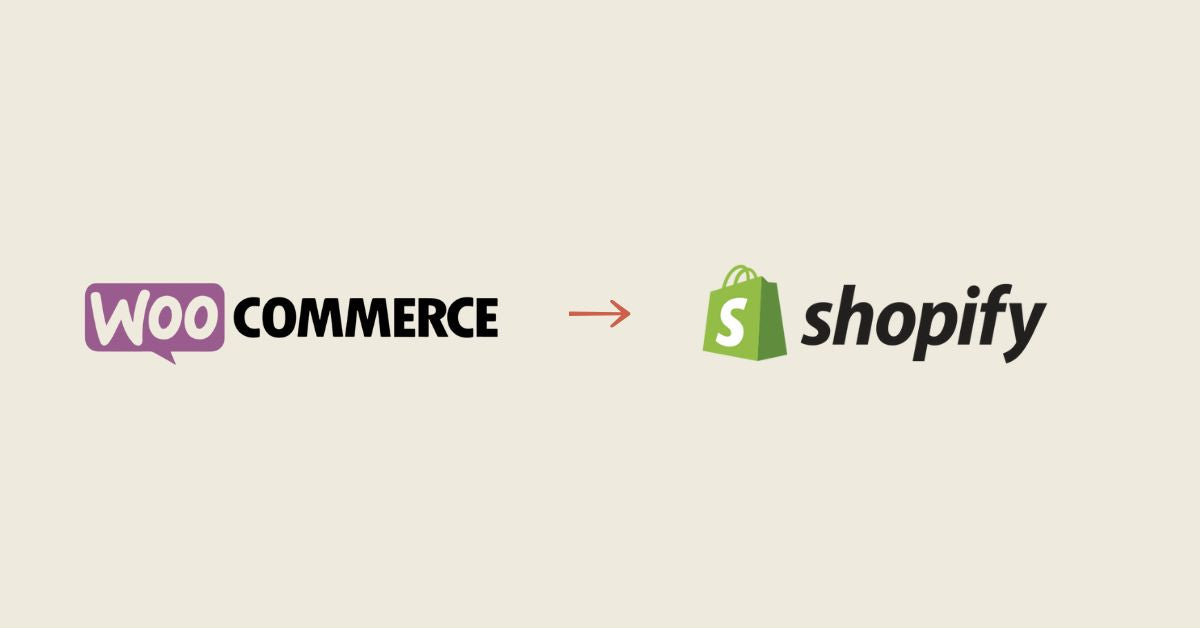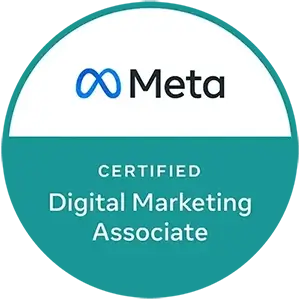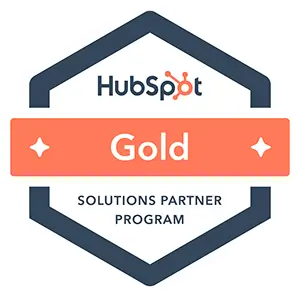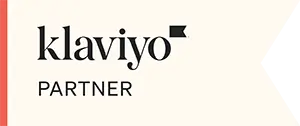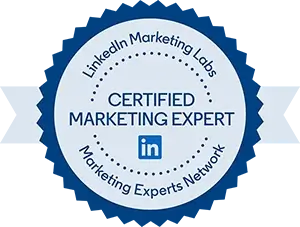Did you know that 10% to 20% of your online conversions — e-commerce or lead generation — should come from your emails?
Newsletters are one of the most effective ways to stay top of mind with your customers, when done well. Unfortunately, many businesses don't know why they should send newsletters, or don't know what to put in their email. This can result in boring, lifeless emails that provide no value to your subscribers or your business.
By creating a good overall plan and having specific objectives in mind, you can make your newsletters an effective marketing channel for your business. Here are 7 practical tips that will transform your newsletter into something people will actually want to read.
The subject of your email must be compelling
The subject of your email is arguably the most important element. Your consumers receive a lot of email every day. That’s why you need to stand out with a strong subject line . Otherwise, your open rate will suffer.
Think about the subject lines that appeal to you — what makes them compelling? Do they use concise language? Empathetic language? Bold language? Emojis?
In our experience, the best subject lines are short, to the point, and engaging to give just enough insight into the email content to make your customers want to know more. For length, stick to 30 to 50 characters.
Keep it simple, precise and elegant
Keep your messages concise to ensure the reader immediately understands what you are trying to convey. To do this, make short summaries and invite your readers to access the full content on your website .
The visual design of your newsletter will also have huge implications on your reader engagement. Making it easy to read and clarifying your calls to action (CTAs) will give a major boost to your engagement metrics. Additionally, well-organized emails help increase their deliverability. The visual elements you incorporate should also be kept simple and elegant as they will help make your content understandable. If you include too many elements, you risk distracting your readers.
Optimize email format for mobile devices
These days, most people read their emails on their mobile devices. Knowing this, it's a good idea to optimize your newsletters for mobile devices. This means that you need to make sure that your newsletter template displays well on a computer, as well as on mobile. This may seem complicated, but it is not the case since the majority of newsletter creation and sending platforms offer responsive templates that are suitable for both computers and mobiles.
Optimizing for mobile also means testing your subject lines. Neglecting to preview your subject lines for different devices is a recipe for disaster, so make sure you take them all into account and send as many test emails as possible.
Have compelling calls to action
Generally, when a company sends a newsletter, it wants to link its readers to something. Maybe it's a piece of content on your website that you summarized in the email, or maybe it's a new product launch if you're an e-commerce business. Either way, writing a clear and compelling call to action will help ensure readers click the button and get where you want to send them.
Segment your audience
While most newsletters will go to your entire contact list, your organization may have a different structure. If your business serves several different verticals, it may make sense to create different types of content for each of those verticals. Or maybe you have followers in different regions, in which case it might make sense to have specific content for each.
Also, make sure you write content for your audience. Your followers don't want to hear from you, they want you to provide them with valuable content, and the more personal you can be with them, the more engaged they will feel about your content.
Monitor how often and when your emails are sent
Sending emails too frequently can lead to unsubscribers from your mailing list, and conversely, sending emails too infrequently can cause you to be forgotten by your subscribers. So you have to find your happy medium.
The annoying thing is that there is no set answer to this question since the sending pace differs for each company, depending on the preferences of their audience. You can look at what your competitors are doing to give you an idea of how often they send, but ultimately, if you test and make adjustments, your data will tell you how often your audience responds.
Test, test, test
Once you have your newsletter, don't just send it out and hope your audience will take the bait. You need to understand how your email performs and what you need to change to improve its performance.
By monitoring KPIs, you can see what times of day work best, what type of content resonates most, and which calls to action get the most clicks. To do this, carrying out A/B testing is an excellent way to find answers to your questions. Essentially, you send two versions of your newsletter with marked differences such as headlines, color schemes or layout and send it to random segments of your audience. This way you have a better comparison of their performance.
Now that you know some of the best email marketing practices , it's time to apply them to your campaigns. Call on the knowledge and creativity of our team to help you implement a newsletter strategy optimized for your business and your customers.
